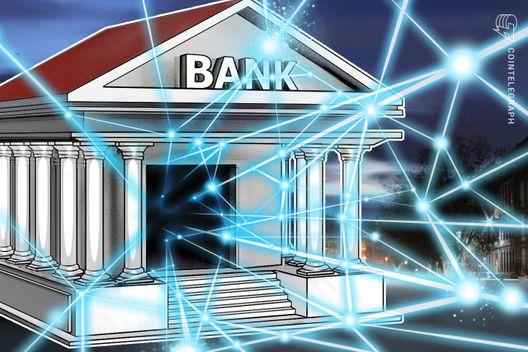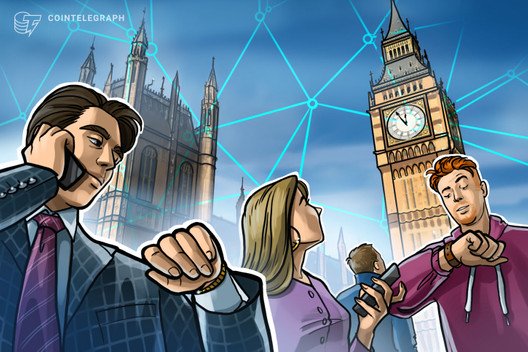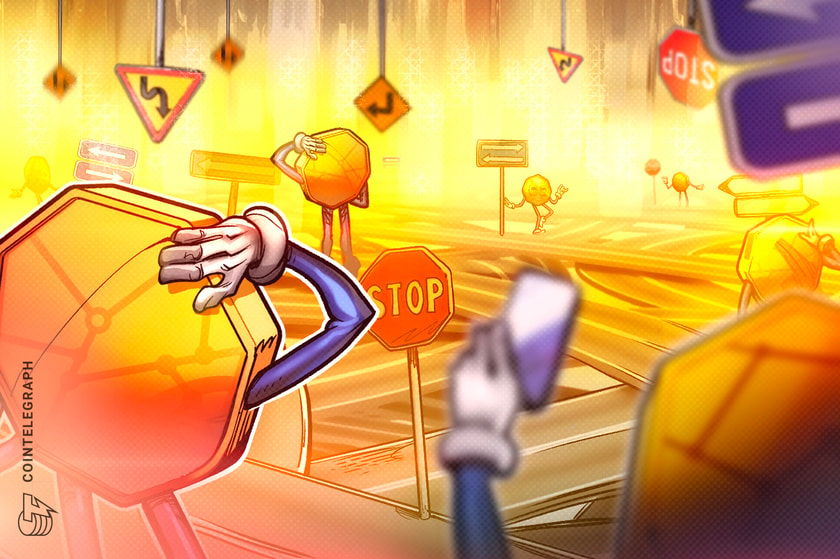On Dec. 23, thousands of YouTubers received emails from the video giant notifying them that their crypto-related videos had suddenly been deleted from the platform.
The ban, which lasted about four days before YouTube began reinstating videos, impacted YouTubers whose channels reached thousands of subscribers, as well as those with smaller audiences.
Unsurprisingly, many of the YouTubers impacted have now turned to decentralized video platforms to share their content. Creating engaging and informative blockchain and cryptocurrency videos has become a source of income for many of these individuals, which is why it’s important for them to have a reliable outlet to utilize.
CEO and Founder of LBYR, Jeremy Kauffman, told Cointelegraph, “Following the YouTube ban, access over the last 24 hours to LBRY has increased nearly 100% day-over-day.”
LBRY, a decentralized content sharing and publishing platform created in 2016, uses blockchain technology to allow content creators to store and download content in a peer-to-peer manner.
LBRY is also entirely open-source, meaning developers can contribute to the code that powers the platform. “I deeply believe in free speech, open source, and personal choice. LBRY is a reflection of all of those values,” said Kauffman.
Moreover, unlike YouTube, which has stringent content policies in place, Kauffman explained that LBRY doesn’t have strict policies regarding what users share and publish.
“LBRY as a protocol doesn’t have policies on these things, just like HTTP or SMTP doesn’t have a policy on these things. However, as a U.S. company, we do have a content policy for what is allowed to be stored on our servers.”
Kauffman also noted that YouTube has recently been the platform’s “number one supporter,” as many YouTubers have migrated over to LBRY as the video giant continues to “enforce rules, arbitrary, ban or demonetize people for flimsy reasons, etc.” He further explained:
“Building a business or a following on YouTube is building on quicksand. YouTube regularly censors and bans creators, with capricious and arbitrary rules enforcement.”
YouTuber Omar Bham told Cointelegraph that he has been recommending LBRY since YouTube’s crypto-content ban:
“As far as decentralized platforms, I’ve been recommending LBRY. The syncing process is simple, rewards can be claimed for all sorts of actions, and data syncs itself without any input from me. That will remain the case for any future uploads – they automatically end up on LBRY as a backup. This is powerful, as I don’t need to worry about YouTube one day removing all my videos permanently. They’ll live on.”
While this may be the case, Kaufmann pointed out that speed is a challenge the platform has been experiencing, as blockchains are notoriously slow databases. He noted that LBRY has since built additional tools to both query and serve information much faster.
In addition to LBRY, Steemit, a blockchain-based blogging and social media website launched in 2016, has also caught the attention of many YouTubers. The platform has over 1 million registered users and uses cryptocurrency STEEM to reward its users for publishing content.
Unlike LBRY, which is focused specifically on digital media, Steemit functions more like a decentralized version of Reddit, providing users with an entire social network. Although it may be different from YouTube, video sharing platform DTube is a decentralized video platform built on top of the STEEM blockchain that resembles YouTube in appearance.
Like other decentralized video platforms, DTube has no central servers — all the content is stored on the STEEM blockchain. As a result, video content on DTube is almost impossible to tamper with.
Internet attorney and anti-bullying activist, Andrew Rossow, told Cointelegraph that while a platform such as DTube and LBRY seems to be very promising, it’s also important to consider certain grey areas that decentralized platforms might not address.
“Having a blockchain-enabled social media platform that is censorship-resistant is good — but, keeping in mind certain protections with respect to intellectual property, phishing, scams, and other grey areas need to be considered.”
But, is YouTube being responsible?
Ironically, YouTube’s chief executive, Susan Wojcicki, recently announced her goals for the platform in April, saying, “My top priority is responsibility.”
While this may be the case, YouTube has removed more than 100,000 videos and 17,000 channels since the company implemented changes to its content policies in June of this year.
According to a blog post, YouTube has been deleting violative content, highlighting authoritative content, reducing the spread of borderline content and rewarding trusted creators. Unfortunately, the platform has been removing more and more content that they personally think violates these policies — and cryptocurrency and blockchain have fallen into this category.
Is it legal to remove content without notifying creators?
Regarding the legality of removing content without notifying creators — or providing a valid reason as to why the content is being deleted — founder of Royse Law Firm and continuing studies instructor at Stanford University, Roger Royse, told Cointelegraph that it becomes a legal matter depending on the platform’s terms of service:
“As a legal matter, it all depends on what their terms of service allow. The large platforms are in a tough spot because there is so much legislative scrutiny on both their policies, as well as crypto. The SEC and other agencies have been notoriously hostile to crypto related businesses and they may view this as one more way for platforms to be regulated”.
Rossow also noted that although what YouTube has done may be legal, it’s not justifiable:
“Arguably, YouTube as a content provider has the authority and right to remove content that it feels violates its Terms of Service, and in so-doing, has the right to remove videos, even if it involves digital money or cryptocurrency.”
Yet according to Rossow, the problem for both content creators and YouTube is identifying and discerning what is “commercially viable” and what is “educational. He explained:
“The crypto videos that were recently removed did not involve violent or political content, or content harmful to children. Even applying the FTC’s recent guidelines with respect to COPPA compliance didn’t seem to be in much disarray. This incident, I would say is isolated and gives all content creators a reason to panic simply due to YouTube’s ignorance.”









